




Keeping your upholstery and furniture clean is essential not only for maintaining their appearance but also for prolonging their lifespan. However, different types of upholstery fabrics and furniture may require specific cleaning methods to prevent damage or discoloration. That’s where upholstery and furniture cleaning codes come in handy.
The cleaning code system provides a standardized way to identify the appropriate cleaning methods for various upholstery fabrics and furniture materials. Understanding and following these codes can help you effectively clean and maintain your upholstery and furniture without compromising their quality.
In this comprehensive guide, we will explain the different upholstery and furniture cleaning codes, what they mean, and how to interpret them. We will cover everything from the most common codes, such as W (Water-Based Cleaners) and S (Solvent-Based Cleaners), to the less common ones like WS (Water-based or Solvent-based Cleaners) and X (Vacuum or Light Brushing Only).
Whether you have a luxurious leather sofa, a cozy fabric armchair, or wooden furniture with upholstered cushions, this guide will serve as your ultimate reference for maintaining the cleanliness and beauty of your upholstery and furniture.
The Importance of Upholstery and Furniture Cleaning
Upholstery and furniture play a crucial role in the overall aesthetic appeal and comfort of a space. Whether it’s your living room sofa, dining chairs, or office furniture, keeping them clean is essential for several reasons.
Maintains Hygiene
Regular upholstery and furniture cleaning help maintain a hygienic environment. Dust, dirt, and allergens tend to accumulate on upholstery and furniture surfaces over time. This can lead to respiratory issues, allergies, and other health problems, especially for individuals with allergies or asthma. By cleaning your upholstery regularly, you can remove these contaminants and promote a healthier living or working space.
Prolongs Furniture Lifespan
Cleaning your upholstery and furniture also helps to prolong their lifespan. Dirt and grime can cause the fibers of the upholstery to deteriorate over time, leading to wear and tear. Regular cleaning helps remove these particles, preventing them from causing damage and preserving the integrity of the furniture materials. This can extend the life of your furniture and save you money in the long run.
Enhances Appearance
Dirty upholstery and furniture can make even the most well-designed space look unappealing. Regular cleaning can help restore the original beauty and brightness of your furniture, making your space look more vibrant and inviting. By removing stains, dirt, and dust, you can enhance the overall appearance of your furniture and improve the visual appeal of your space.
Prevents Odors
Furniture and upholstery can absorb odors from various sources, such as food, pets, or smoke. These odors can linger and create an unpleasant environment. By regularly cleaning your upholstery, you can eliminate these odors, keeping your space fresh and inviting.
Preserves Value
Well-maintained and clean upholstery and furniture retain their value over time. Regular cleaning and proper care can prevent irreversible damage, such as stains, discoloration, or fabric deterioration. This can be especially important if you plan to sell or pass on your furniture in the future.
Conclusion

Regular upholstery and furniture cleaning is essential for maintaining a clean, hygienic, and visually appealing space. By investing in professional cleaning or using appropriate cleaning methods and products, you can prolong the lifespan of your furniture, improve air quality, and create a more inviting environment. Don’t overlook the importance of upholstery and furniture cleaning for the overall maintenance and well-being of your space.
Understanding Cleaning Codes
- W: This code indicates that the upholstery or furniture can be cleaned with water. You can use mild soap or upholstery cleaner to remove stains and dirt.
- S: This code indicates that the upholstery or furniture should be cleaned with a solvent-based cleaner only. Water can damage the fabric or material, so it is important to use a solvent-based cleaner.
- W/S: This code indicates that the upholstery or furniture can be cleaned with either water or a solvent-based cleaner. You can choose the cleaning method based on the type of stain or dirt.
- X: This code indicates that the upholstery or furniture should not be cleaned with water or a solvent-based cleaner. You should only vacuum or brush off any dust or dirt. Professional cleaning may be necessary.
It is important to follow these cleaning codes to ensure the longevity and appearance of your upholstery or furniture. Cleaning the upholstery or furniture incorrectly can result in damage or discoloration.
| Cleaning Code | Cleaning Method |
|---|---|
| W | Water-based cleaner, mild soap, or upholstery cleaner |
| S | Solvent-based cleaner |
| W/S | Water-based cleaner or solvent-based cleaner |
| X | Vacuum or brush off dust or dirt. Professional cleaning may be necessary. |
Always check the cleaning code label on your upholstery or furniture before attempting to clean it. If you are unsure about how to clean a particular fabric or material, it is best to consult a professional for advice.
Choosing the Right Cleaning Method
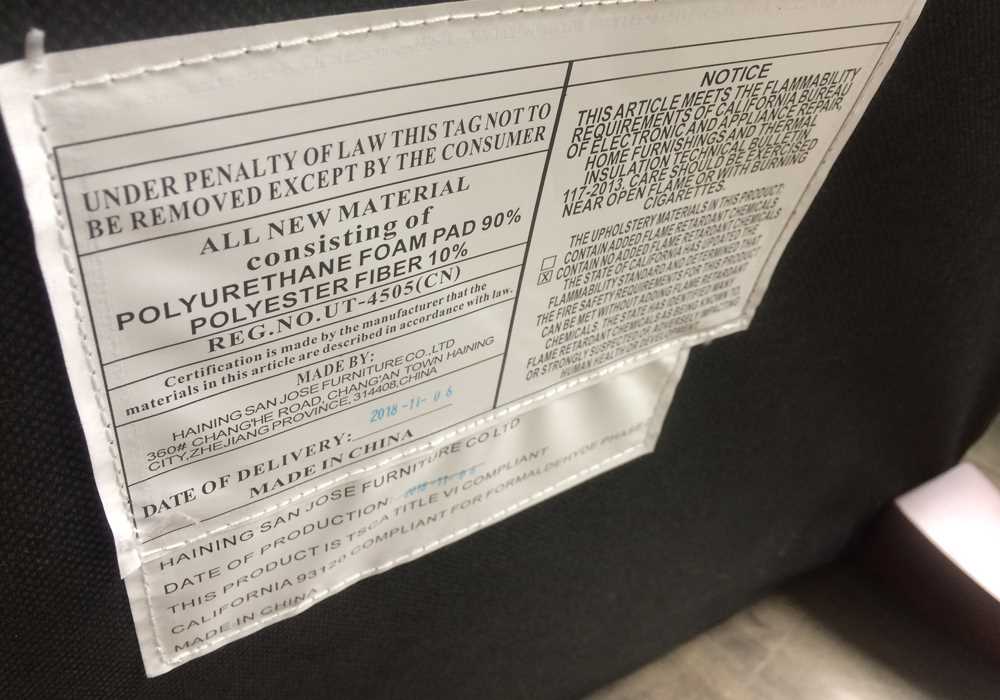
Understanding Cleaning Codes
When it comes to upholstery and furniture cleaning, understanding cleaning codes is crucial. These codes are the manufacturers’ guidelines on how to clean the fabric properly without causing any damage. Before you start cleaning your furniture, check the cleaning code label usually found underneath the seat cushion or on the fabric tag.
In most cases, there are four distinct cleaning codes:
- W – Water-based cleaning agents are safe to use.
- S – Solvent-based cleaning agents are safe to use.
- SW – Water-based or solvent-based cleaning agents can be used.
- X – Only vacuuming or professional cleaning is recommended. Avoid using any cleaning agents.
Understanding the cleaning code is essential because using the wrong cleaning method can lead to fabric damage, discoloration, or even shrinkage.
Determining the Fabric Type
Another important factor to consider when choosing the right cleaning method is the fabric type. Different fabrics require different cleaning approaches. Some common fabric types include:
- Cotton
- Polyester
- Leather
- Microfiber
- Velvet
Each fabric type has its own specific cleaning requirements and limitations. For example, leather may require special leather cleaners and conditioners, while velvet may need gentle dry cleaning. Always refer to the manufacturer’s recommendations or consult professionals for advice on the best cleaning method for your specific fabric type.
Testing the Cleaning Method
Before you start cleaning the entire upholstery or furniture piece, it is recommended to test the cleaning method on a small, inconspicuous area. This will help you determine if the cleaner or technique is safe to use and will not cause any damage or discoloration. Apply a small amount of the cleaning agent or solution to the test area and carefully blot or clean according to the guidelines. If there are no adverse effects, you can proceed with confidence to clean the entire piece of furniture.
Professional Cleaning Services
If you’re unsure about the cleaning method, fabric type, or the severity of the stains, it’s always a good idea to seek professional upholstery and furniture cleaning services. Professionals have the knowledge, experience, and specialized equipment to effectively clean and restore your furniture without causing any damage. They can also provide advice on maintenance and preventive measures to keep your furniture looking its best for years to come.
By choosing the right cleaning method and following the proper guidelines, you can ensure that your upholstery and furniture stay clean, fresh, and in excellent condition for longer periods. Remember to always refer to the manufacturer’s recommendations and consult professionals when in doubt.
Common Upholstery and Furniture Cleaning Mistakes to Avoid
1. Using the Wrong Cleaning Products
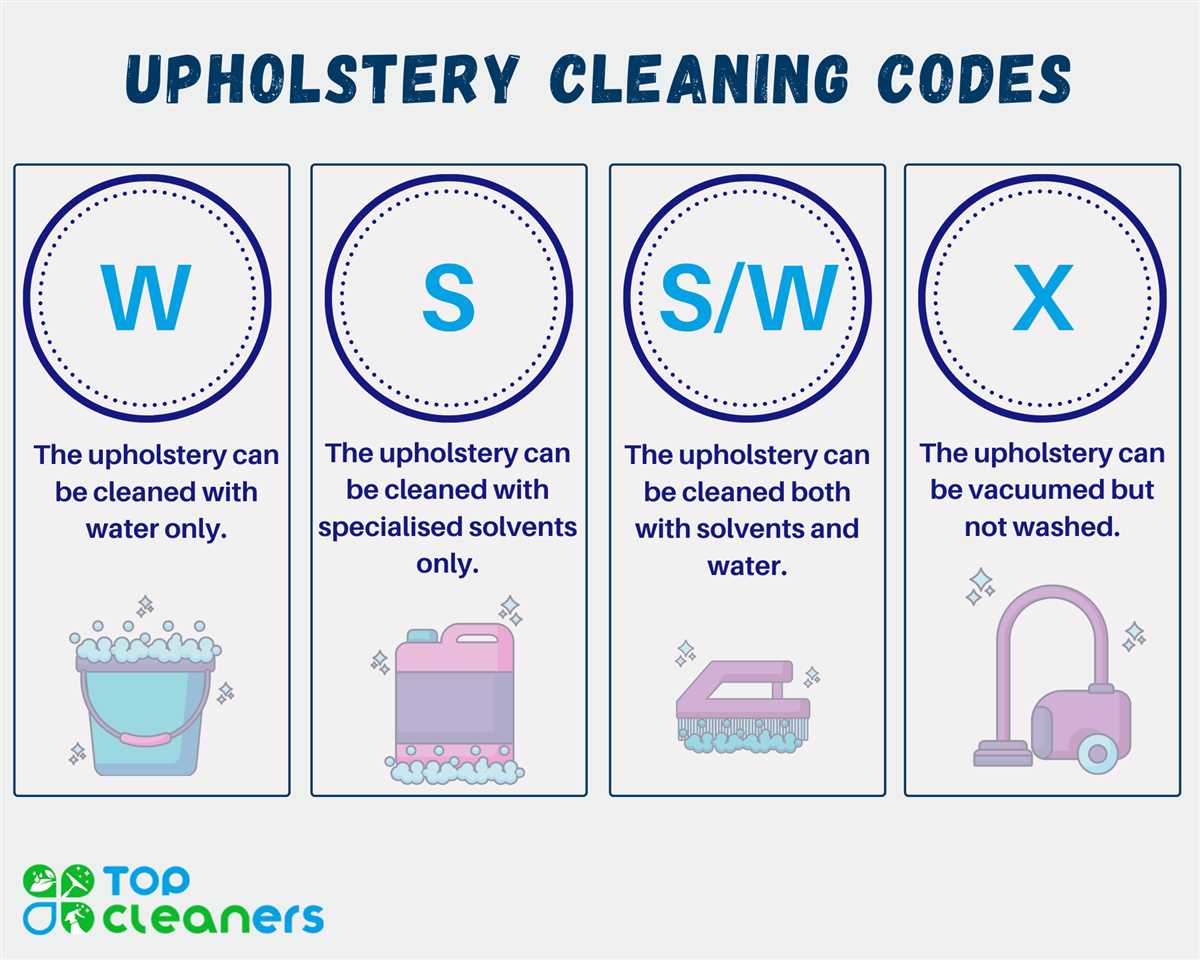
One of the most common mistakes people make when cleaning their upholstery and furniture is using the wrong cleaning products. Different materials require different cleaning solutions, so it is important to read the manufacturers’ guidelines and use the recommended products. Using the wrong cleaning products can damage the upholstery or furniture and may even void the warranty.
2. Scrubbing Stains
When faced with a stain on upholstery or furniture, the natural instinct is to scrub it vigorously. However, this can actually make the stain worse and damage the fabric. Instead of scrubbing, gently blot the stain with a clean cloth or paper towel. This will help lift the stain without spreading it or damaging the material.
3. Not Testing Cleaning Products
Before using any cleaning product on your upholstery or furniture, it is important to test it in an inconspicuous area first. This will help you determine if the product is safe to use and won’t cause any discoloration or damage to the material. Always follow the instructions on the cleaning product and test it before applying it to the entire piece.
4. Using Too Much Water
Excessive water can be damaging to upholstery and furniture, especially if it seeps into the padding or frame. It can cause mold and mildew to develop, weaken the structure, and lead to unpleasant odors. When cleaning, use a minimal amount of water and make sure to dry the upholstery or furniture thoroughly afterwards.
5. Neglecting Regular Maintenance
Regular maintenance is key to keeping upholstery and furniture in good condition. Neglecting to regularly vacuum, dust, and spot clean can result in dirt and debris accumulating over time, making it harder to clean and potentially causing permanent damage. Set a cleaning schedule and stick to it to keep your upholstery and furniture looking its best.
6. Ignoring Professional Cleaning
While regular maintenance can go a long way in keeping upholstery and furniture clean, professional cleaning is still necessary from time to time. Professional cleaners have the expertise and specialized equipment to deep clean and remove stubborn stains that regular cleaning methods may not be able to tackle. Ignoring professional cleaning can lead to an accumulation of dirt, allergens, and odors.
7. Not Following Care Instructions
Each upholstery and furniture piece comes with its own care instructions. Not following these instructions can result in damage and void the warranty. It is important to read and adhere to the care instructions provided by the manufacturer, as they know the best way to clean and maintain their products.
8. Using Harsh Cleaning Methods
Using harsh cleaning methods, such as scrubbing with abrasive sponges or brushes, can damage the fabric or finish of upholstery and furniture. Instead, opt for gentle cleaning methods that won’t cause any harm. Always handle the upholstery and furniture with care and avoid using excessive force.
9. Waiting too Long to Address Stains
Stains should be addressed as soon as possible to prevent them from setting into the fabric and becoming more stubborn to remove. Waiting too long to address stains can make the cleaning process more difficult and may even result in permanent staining. As soon as you notice a stain, blot it gently and begin the cleaning process.
10. Not Seeking Professional Help for Delicate Fabrics
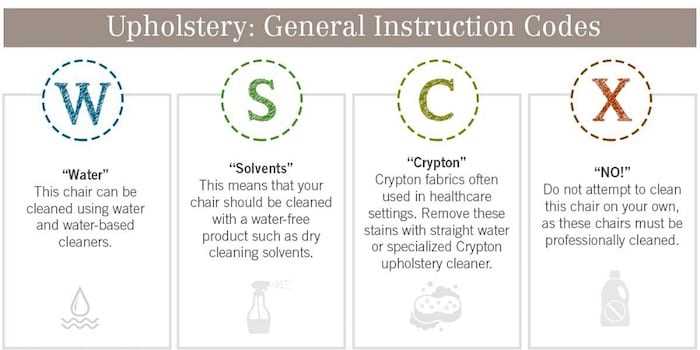
If you have upholstery or furniture made from delicate fabrics, such as silk or velvet, it is best to seek professional help for cleaning. Delicate fabrics require specialized care and cleaning methods to avoid damage. Professional cleaners have the expertise and experience to handle delicate fabrics without compromising their integrity.
Avoiding these common upholstery and furniture cleaning mistakes can help preserve the beauty and longevity of your furniture investments. Taking proper care of your upholstery and furniture will not only keep them looking their best but also extend their lifespan.
Tips for Maintaining Upholstery and Furniture
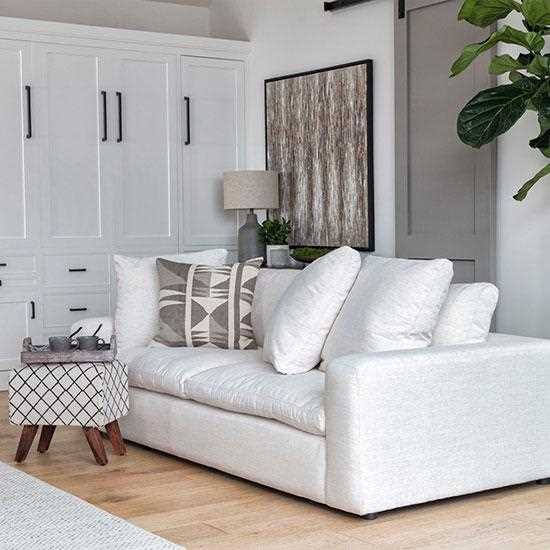
1. Vacuum regularly
Regular vacuuming is essential for keeping your upholstery and furniture clean and free from dust, dirt, and pet dander. Use the upholstery attachment of your vacuum cleaner to gently remove debris from the surface and crevices. Make sure to vacuum underneath cushions and in between cracks to prevent buildup.
2. Blot spills immediately
If a spill occurs, act quickly to prevent it from setting into the fabric. Use a clean white cloth or paper towel to blot the spill, absorbing as much liquid as possible. Avoid rubbing the stain, as this can push it deeper into the fabric.
3. Follow manufacturer’s cleaning instructions
Check the manufacturer’s cleaning instructions or the furniture’s cleaning code label to determine the appropriate cleaning method for your upholstery. Different fabrics and materials may require specific cleaning products or techniques.
4. Test cleaning products on a small, inconspicuous area
Before applying any cleaning product to your upholstery or furniture, test it on a small, inconspicuous area to ensure it doesn’t cause any damage or discoloration. Follow the instructions on the cleaning product carefully.
5. Avoid direct sunlight
Exposure to direct sunlight can cause fading and damage to upholstery and furniture. If possible, position your furniture away from windows or use curtains or blinds to block out the sun’s rays.
6. Rotate cushions regularly
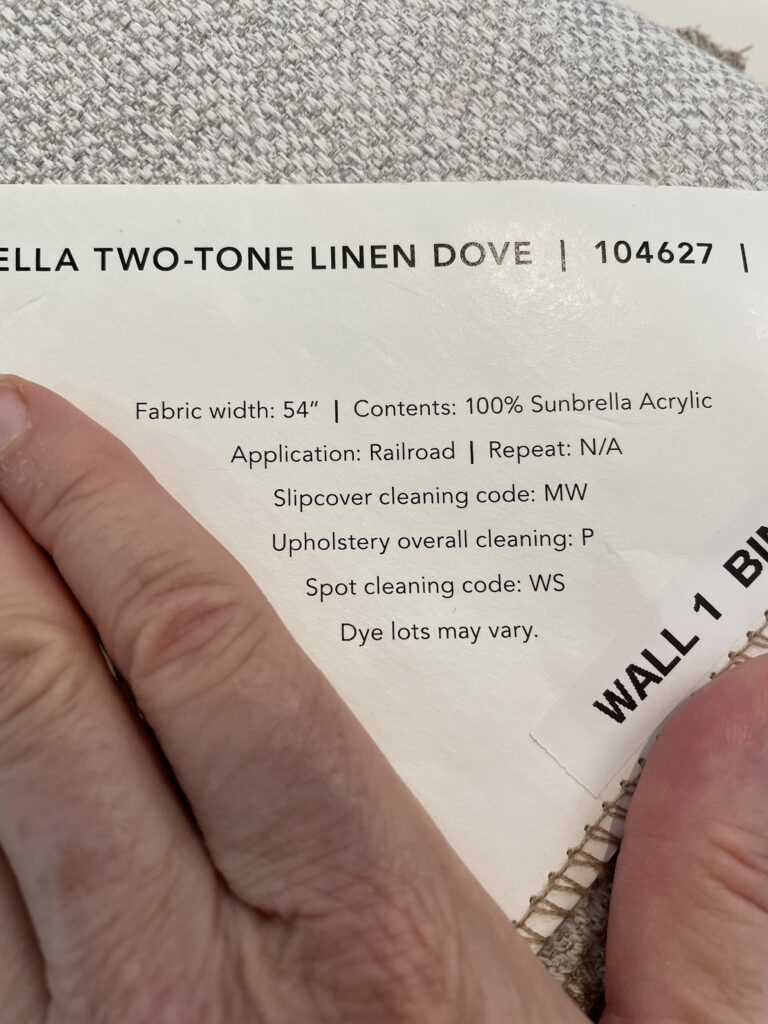
Evenly distribute wear and tear by rotating your cushions regularly. This helps prevent excessive indentation and prolongs the life of your furniture.
7. Use protective covers or throws
If you have pets or young children, consider using protective covers or throws to shield your upholstery and furniture from stains, spills, and pet hair. These can be easily removed and washed, maintaining the cleanliness and appearance of your furniture.
8. Avoid eating or drinking on upholstered furniture
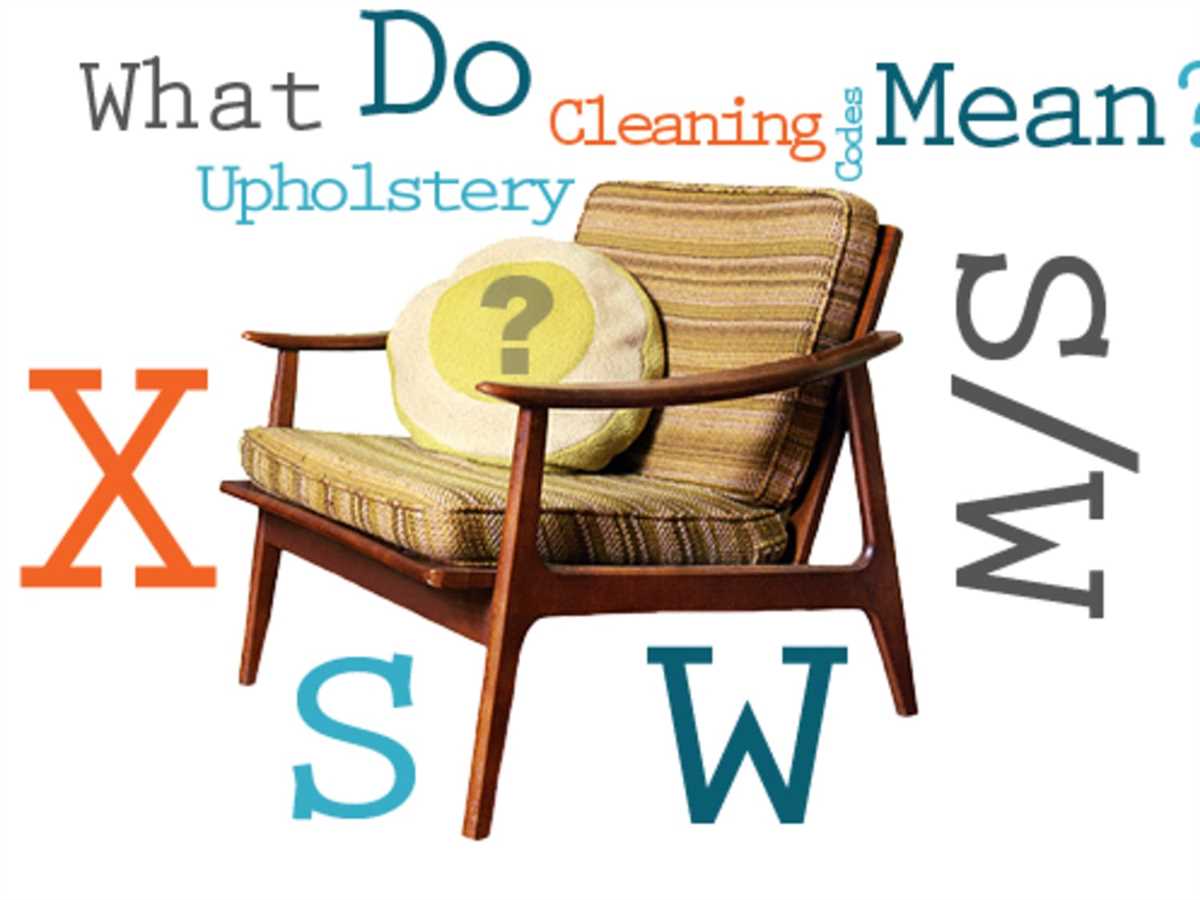
To prevent food and drink spills, it’s best to avoid eating or drinking on upholstered furniture. If you must have snacks or beverages, use trays or placemats to catch any spills or crumbs.
9. Attend to pet stains promptly
If your furniture is stained by pet accidents, clean up the mess promptly. Blot the area with a clean cloth and use a pet stain remover specifically designed for upholstery. This will help prevent lingering odors and stains.
10. Schedule professional upholstery cleaning
Even with regular maintenance, professional upholstery cleaning is recommended to deep-clean and refresh your furniture. Schedule a professional cleaning every 6-12 months to keep your upholstery looking and smelling its best.
| Tip | Summary |
|---|---|
| Vacuum regularly | Remove dust and debris from the surface and crevices |
| Blot spills immediately | Prevent stains from setting into the fabric |
| Follow manufacturer’s cleaning instructions | Use appropriate cleaning methods for your upholstery |
| Test cleaning products on a small area | Avoid potential damage or discoloration |
| Avoid direct sunlight | Prevent fading and damage |
| Rotate cushions regularly | Evenly distribute wear and tear |
| Use protective covers or throws | Shield against stains, spills, and pet hair |
| Avoid eating or drinking on upholstered furniture | Prevent food and drink spills |
| Attend to pet stains promptly | Clean up pet accidents quickly |
| Schedule professional upholstery cleaning | Deep-clean and refresh your furniture |
FAQ
What are upholstery and furniture cleaning codes?
Upholstery and furniture cleaning codes are symbols used by manufacturers to indicate the best methods for cleaning and maintaining different types of upholstery and furniture.
Why is it important to know the cleaning codes for upholstery and furniture?
Knowing the cleaning codes for upholstery and furniture is important because it helps you understand how to properly clean and care for your furniture without causing any damage or voiding any warranties.
How many different cleaning codes are there?
There are four different cleaning codes: W, S, SW, and X. Each code represents a different method for cleaning and maintaining upholstery and furniture.
What does the “W” cleaning code mean?
The “W” cleaning code means that the upholstery or furniture can be cleaned with water-based cleaning solutions. It is safe to use water-based cleaners and gentle soap to clean these items.
What does the “S” cleaning code mean?
The “S” cleaning code means that the upholstery or furniture should be cleaned with solvent-based cleaners only. Water-based cleaning solutions should not be used on items with an “S” cleaning code.
What does the “SW” cleaning code mean?
The “SW” cleaning code means that both water-based and solvent-based cleaners can be used to clean the upholstery or furniture. It is safe to use water-based or solvent-based cleaners on items with an “SW” cleaning code.
What does the “X” cleaning code mean?
The “X” cleaning code means that the upholstery or furniture should only be cleaned by vacuuming or by a professional cleaning service. Water-based or solvent-based cleaners should not be used on items with an “X” cleaning code.












